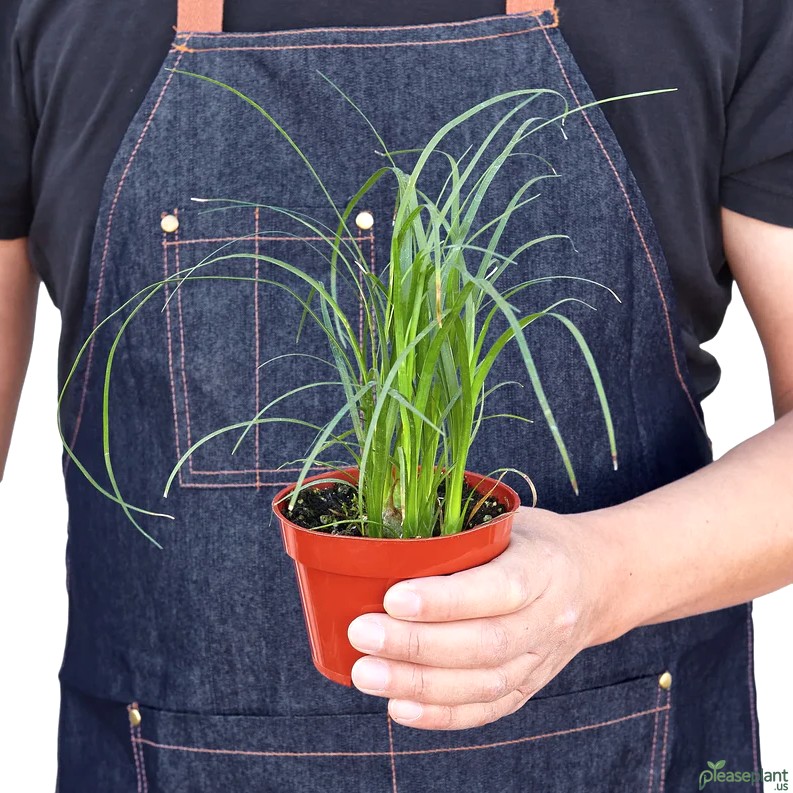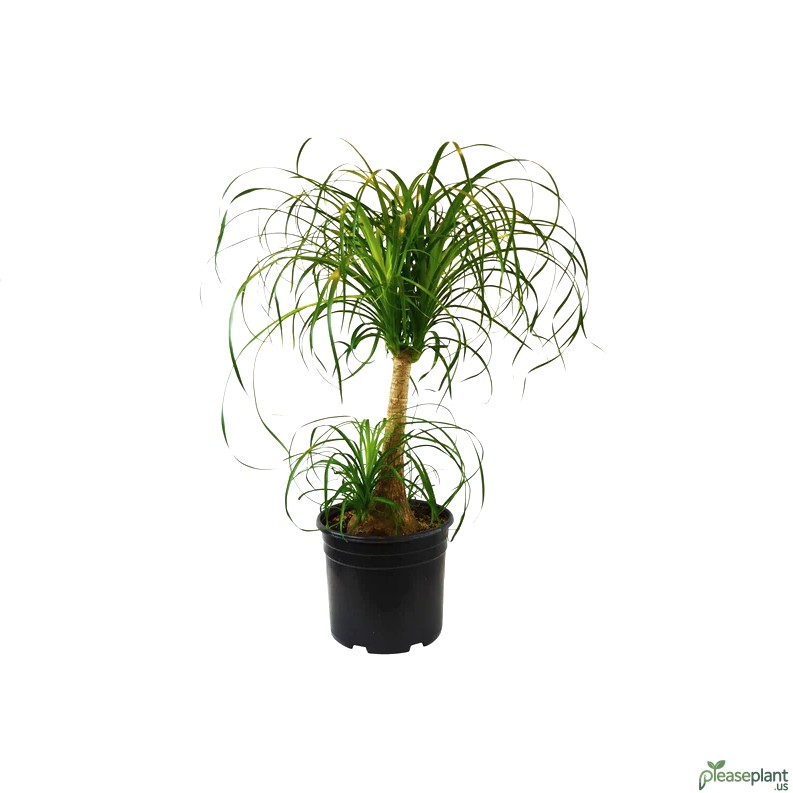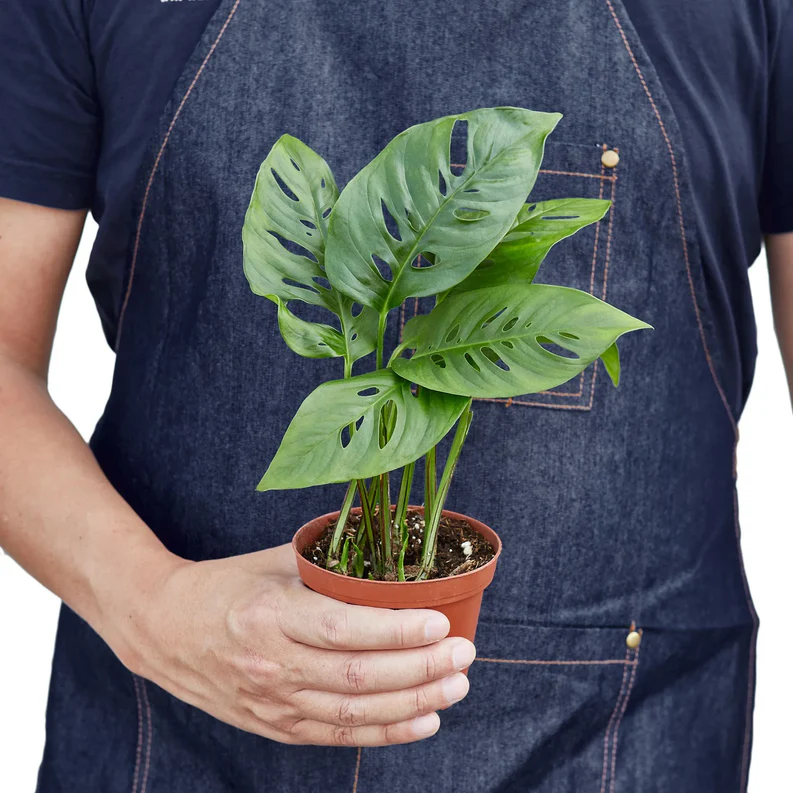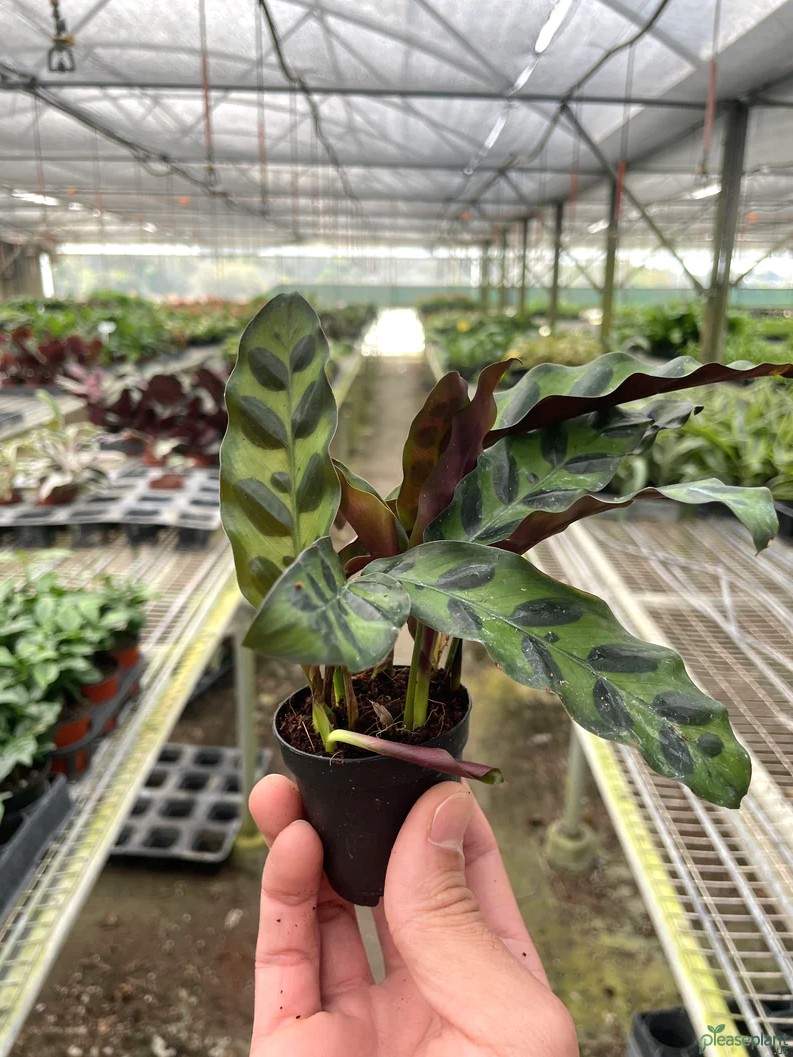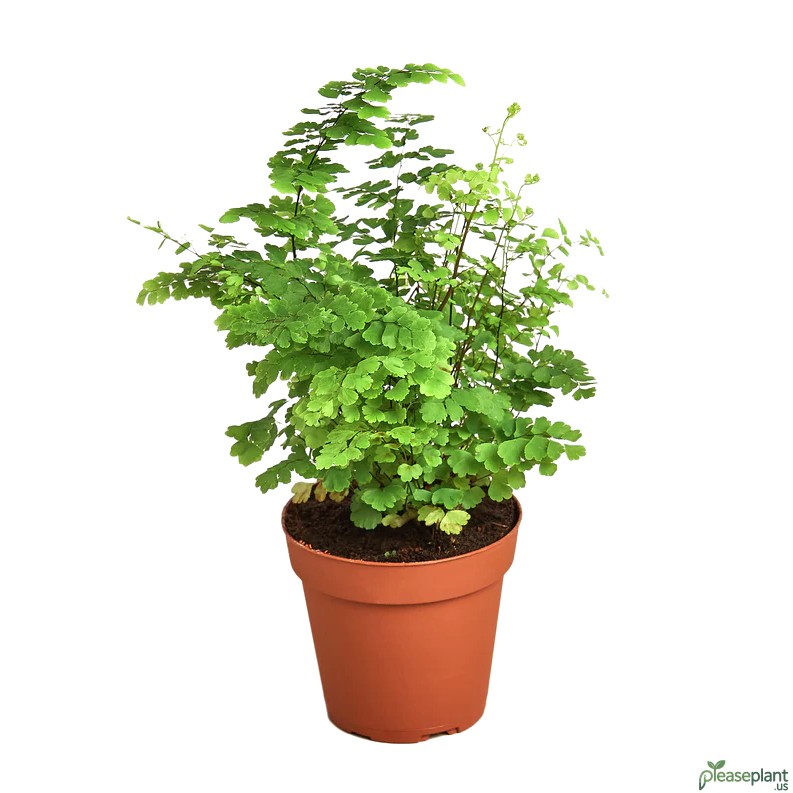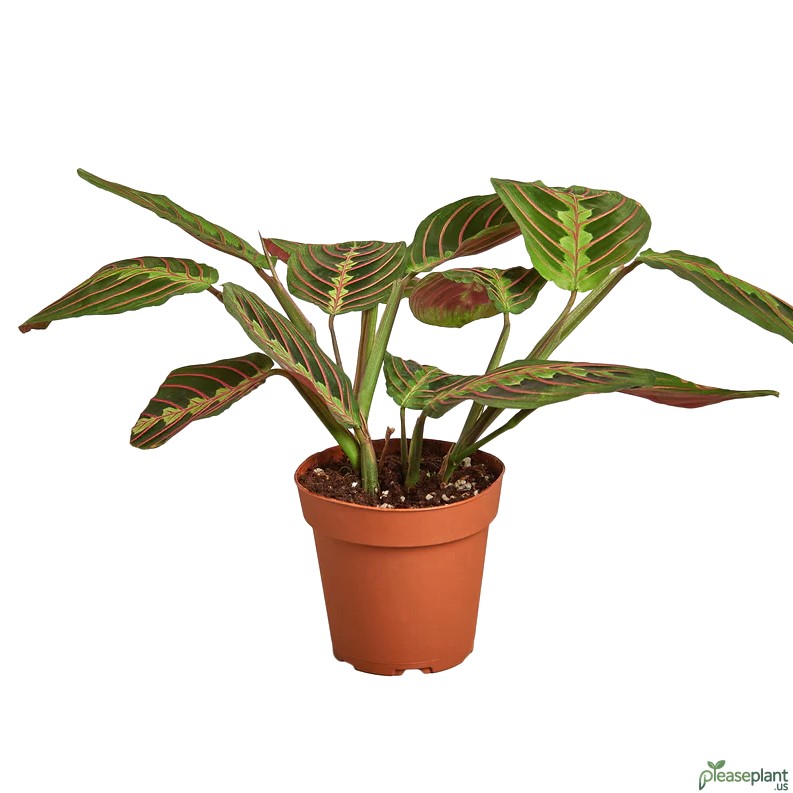If you ever wondered how to multiply your charming Palm Ponytail Plant, you’re in luck! Propagation might sound tricky but with a bit of patience and the right steps, you can expand your green family. Whether you’re a beginner or just looking for some tips, this guide will walk you through the main methods of propagation, the best time to start, and some common pitfalls to avoid. Trust me, it’s easier than it looks, and soon you’ll have more of these quirky, drought-resistant beauties brightening your space.
Meet My Quirky Palm Ponytail Plant
I remember the first time I saw a Palm Ponytail Plant, or as the fancy folks call it, Beaucarnea Recurvata. It looked like a little green fountain sprouting from a bulbous trunk, kinda like a ponytail but for plants. These guys are known for being low-maintenance and drought tolerant, perfect for anyone who forgets to water sometimes (guilty!). But one question kept popping up: How do you get more of these? Propagation, my friend, and I’ll tell you exactly how.
Step 1: Choose Your Propagation Method
There’s two main ways to propagate your Palm Ponytail Plant: from offsets (baby plants growing at the base) or from seeds. Offsets are way easier and faster, but sometimes you gotta wait for them to show up. Seeds take forever and need patience, but hey, if you want a challenge, why not?
Step 2: Getting Those Offsets
If your mature ponytail palm is nice and healthy, it might have some little offsets around its base. Carefully dig around the offset, making sure to keep some roots intact. Don’t just yank them off unless you want a sad, dying baby. Once separated, plant the offset in a small pot with well-draining soil. Water it lightly but don’t drown it, remember, these plants hate soggy feet!
Step 3: Seed propagation - A Waiting Game
Seed propagation is like waiting for your favorite band to drop their next album—long and full of anticipation. Sow the seeds on a light, sandy soil mix and keep it warm and moist but not wet. Germination can take weeks or even months, so settle in with some patience and maybe a good book.
Step 4: Care After Propagation
Whether you’re dealing with offsets or seeds, light is your best friend. Place the new plants in a bright spot but avoid direct scorching sunlight, which might fry those tender leaves. Water sparingly, and watch for signs of overwatering like yellowing leaves or mushy stems.
Common Mistakes and How to Avoid Them
Too much water is the number one killer here. Remember, these plants come from arid regions, so overzealous watering will rot your precious new plants. Also, don’t rush the process. Trying to move or repot your offset too soon can stress it out and stunt growth. Lastly, be patient with seeds, they are not the fastest growers but worth the wait.
Why Propagate the Palm Ponytail Plant?
Besides having more of these unique, decorative plants, propagation is a rewarding way to connect with your greenery. It’s like watching your plant babies grow up and thrive. Plus, sharing offsets with friends is a great conversation starter and an easy way to brighten someone else’s space.
So next time you glance at your Palm Ponytail Plant, remember it’s not just a pretty face but a hardy little survivor that you can multiply with a bit of love and care. Happy propagating!

